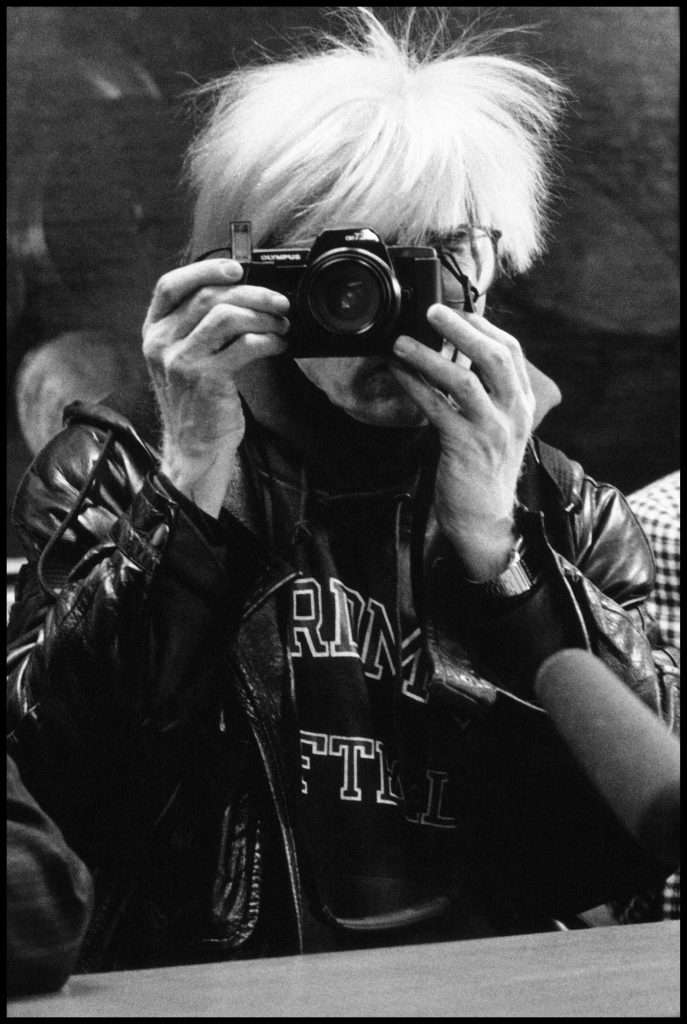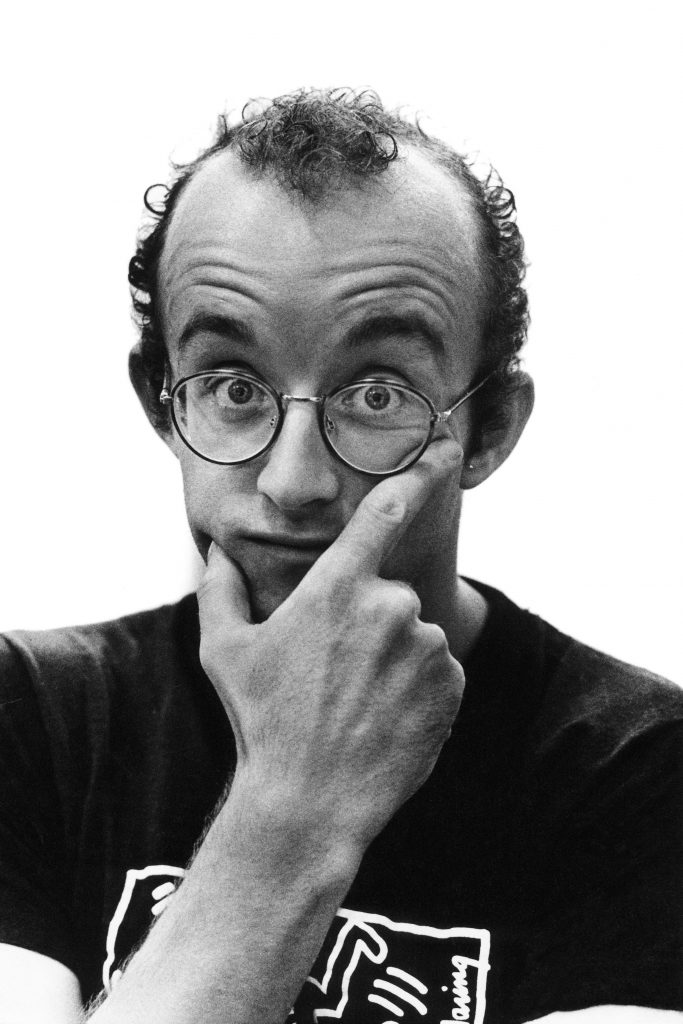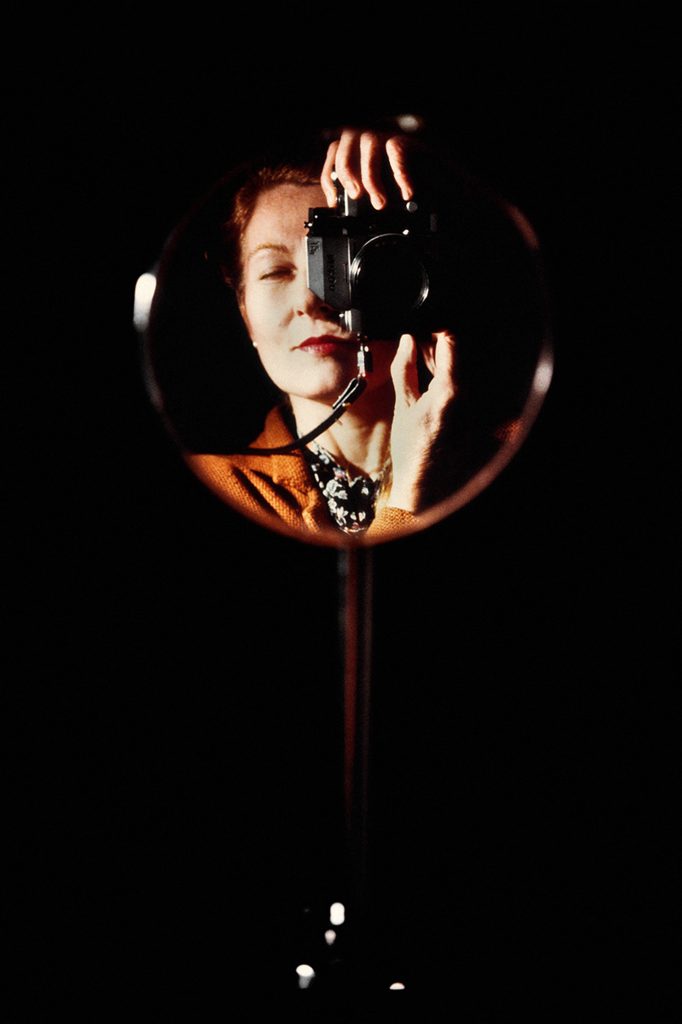

Maria Mulas moved to Milan in 1956, where she began, in the mid-sixties, her artistic career in photography. Photography was a “family activity” as it was practiced by his older brother Ugo Mulas, who will remain his definitive means of expression. Between 1965 and 1976 she realized above all photographs and portraits of the theater, and at the same time conducting a research of the so-called “social rites”.
The 1976 is the date of her first solo exhibition at the gallery in Milan “Diaframma”. There was exposed a series of portraits of artists and actors of the time.
Maria Mulas has created a series of photographic books:Milan seen by (1973), Hans Richter (1976), On the organic language of Henry Moore (1977), Remarks on the language of Hans Richter (1978)
Interview by Alessia Locatelli
When did you discover your passion for photography?
I started taking photographs in the late ’60s and ’70s. Without doubt, my brother Ugo was my first inspiration: I enjoyed watching him work in the darkroom. The alchemy of it – making images appear on paper – has always fascinated me.
Why did you start with portraits?
I’m interested in people; above all else, the human being is what attracts me. Their thinking, the energy that flows from them… I think that to photograph them is to capture their spirit. I love people and photographing them in a natural way – so much so, that I’ve never retouched my photographs because I don’t want them to appear differently from how they are. With my photographs, I want to bring out the subject’s character. On top of that, I have always approached people in a genuine way, and have always found them to be happy and willing to be photographed.
What, for you, are social rituals? And why ‘immortalise’ them in photography?
Life itself is structured mostly by means of social rituals. I wanted only to show how the wealthy live, with their conventions and – unfortunately – also their appearances. This poise that is taught in high society – and that can be interpreted almost as a social imposition – I’ve always been attracted to it, and I think it’s something to be told through photography.
Which project opened the doors of fame to you?
My projects have always been very well received in the cultural and social scene, perhaps because my shyness would disappear when I held a camera in my hand. The first major publishing project came out in 1998, Mirages, a major anthology. This then led to an exhibition at the Royal Palace, with a collection of over three hundred photographs of artists, writers, actors, directors and prominent figures from Italian and international culture.
Who inspired your first shots?
I must say that I have always found inspiration inside myself. For example, my first subjects were my daughters, and I soon realised that other mothers wanted me to take the same kinds of photos of their daughters. This experience only lasted a few months, but was helpful in making me understand how important light is for creating the atmosphere I most want. Even today, after all these years and experience gained, I think it is fundamental.
Lea Vergine (Italian art critic and curator) staff have defined your style as like fireworks. Why do you think that is?
I think they were referring to the emotive and visual power that flows from my photographs. They wrote that I manage to capture the subject’s soul in my shots, through the eyes. Maybe this is also a strong element; explosive.
Who have you most enjoyed taking portraits of over the years, and why?
I have taken many writer’s and artists’ portraits. Almost all of the emblematic figures in national and international culture, and also because I’ve always managed to put my subjects at ease. For example, Gianni Colombo was often a good subject in my photographs. But I also remember Fernanda Pivano and Allen Ginsberg with pleasure.
Which of the Hahnemühle papers best meets your printing needs?
The paper that shows my work best is undoubtedly Hahnemühle Photo Luster 260gr. The semi-gloss surface helps me get image results that are very similar what I can get on analogue paper. In addition, the semi-gloss effect has perfect conceptual coherence with my photographs, and good stability over time.
Do you have a current project you would like to tell us about?
Two things that are happening simultaneously but that were born separately: a monograph curated by Germano Celant, and published by Skira which is coming out soon, and an exhibition at Palazzo Morando (a historic building in central Milan) titled Obiettivo Milano (A Lens on Milan).
A major exhibition of my work from the late 60s up to early 2000 – A tribute to Milan, to the city’s history – a visual story narration spanning 40 years. These works deal not only with life in Milan, but also embrace the big names in international culture, including my portraits of great artists such as Henry Moore, Gerhard Richter, Robert Rauschenberg, Antoni Tapiès, Alberto Burri, Valerio Adami, Louise Bourgeois, Sonia Delaunay, and many others.









